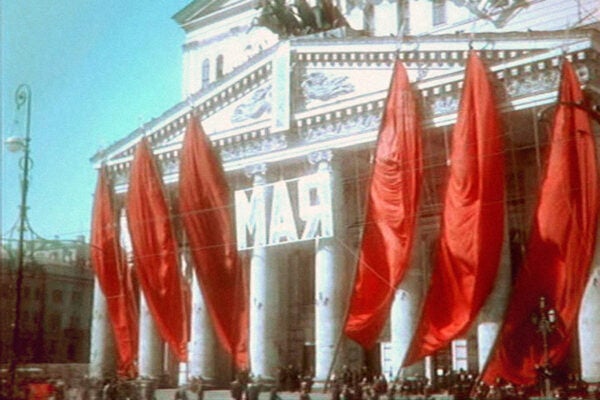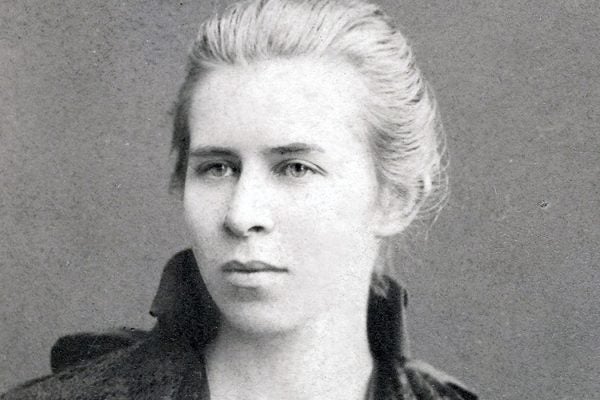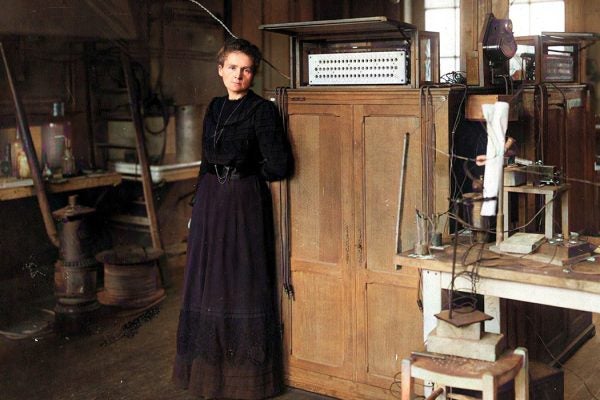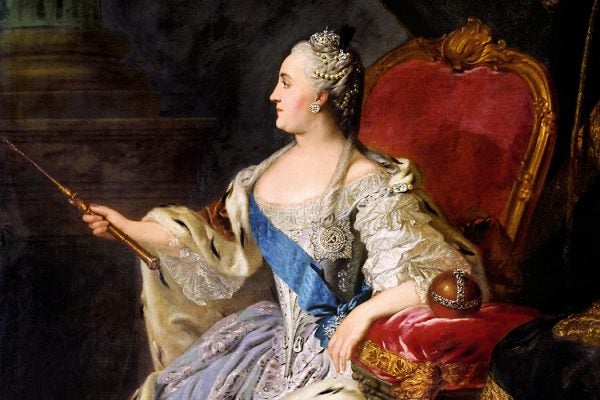Putting the Red in Soviet Color Film
A Soviet alternative to Disney cartoon became a state ideal, but the three-color process behind Silly Symphony cartoons wasn’t easy to perfect.
Eurasianism: A Primer
Anti-Western and pro-expansionist, Eurasianists believed every country had a right to its own existence...as part of the Russian civilization.
Getting Pickled With Joseph Stalin
The Soviet dictator was notorious for hosting drinking parties where vodka loosened the inhibitions of associates and got them to reveal their secrets.
Black in the USSR
Soviet artworks that featured Black Americans tended to trade in stereotypes. The paintings of Alexsandr Deineka were an exception.
Alpha. Bravo. Cyrillic.
Free from Russian dictates over language usage and education, Kazakhstan and Uzbekistan prepare to embrace Latin lettering. It’s the latest chapter in the region’s fraught history of alphabet reform.
The Symbolic Survival of The Master and Margarita
Neither supernatural forces nor Soviet censors were able to suppress individual creativity and determination.
Lesya Ukrainka: Ukraine’s Beloved Writer and Activist
“Lesya Ukrainka” was a carefully considered pseudonym for a writer who left behind a legacy of poems, plays, essays and activism for the Ukrainian language.
Marie Curie and Polish Resistance
The two-time Nobel winner helped preserve her native Polish language, and undertook her education, at a time when these acts were potentially treasonous.
The Politics of Drinking in Revolutionary Russia
To leaders, the ideal Soviet worker should be sober. Actual workers had other thoughts.
The Memoirs of Catherine The Great
Catherine II ruled Russia for many years. She also wrote her own memoirs, in a time when such writing was considered inappropriate for a monarch.









